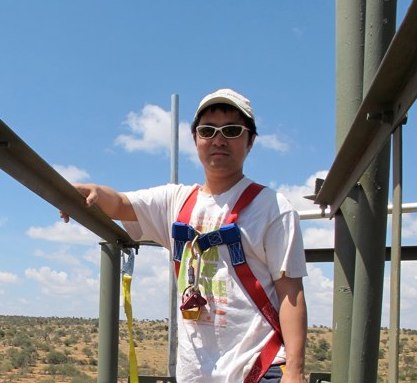Dryland ecohydrology and climate change: critical issues and technical advances

∗Wang, L., D’Odorico, P., Evans, J, Eldridge, T., McCabe, M., Caylor, K.K. (2012) “Dryland ecohydrology and climate change: critical issues and technical advances”, Hydrology and Earth System Science, 16, 2585-2603, doi:10.5194/hess-16-2585-2012.
Drylands cover about 40% of the terrestrial land surface and account for approximately 40% of global net primary productivity. Water is fundamental to the biophysical processes that sustain ecosystem function and food production, particularly in drylands where a tight coupling exists between ecosystem productivity, surface energy balance, biogeochemical cycles, and water resource availability. Currently, drylands support at least 2 billion people and comprise both natural and managed ecosystems. In this synthesis, we identify some current critical issues in the understanding of dryland systems and discuss how arid and semiarid environments are responding to the changes in climate and land use. The issues range from societal aspects such as rapid population growth, the resulting food and water security, and development issues, to natural aspects such as ecohydrological consequences of bush encroachment and the causes of desertification. To improve current understanding and inform upon the needed research efforts to address these critical issues, we identify some recent technical advances in terms of monitoring dryland water dynamics, water budget and vegetation water use, with a focus on the use of stable isotopes and remote sensing. These technological advances provide new tools that assist in addressing critical issues in dryland ecohydrology under climate change.
